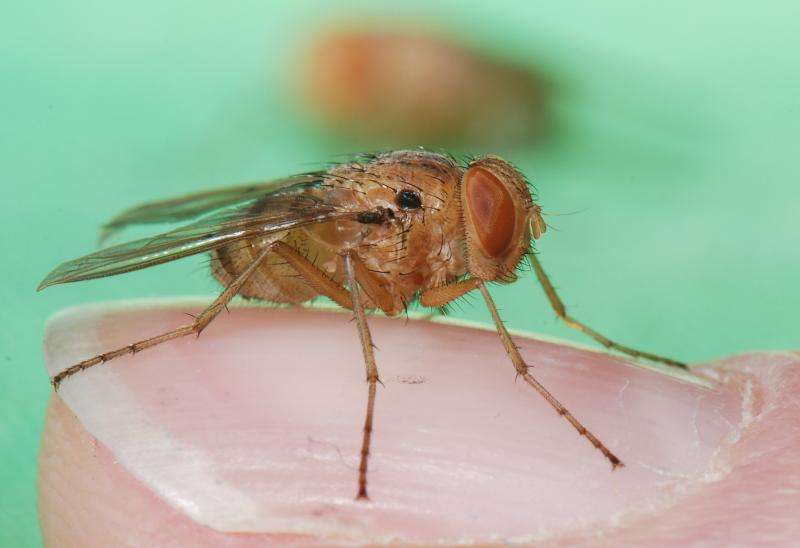Insects inspire next generation of hearing aids

An insect-inspired microphone that can tackle the problem of locating sounds and eliminate background noise is set to revolutionize modern-day hearing aid systems.
Ground-breaking research by the University of Strathclyde, and the MRC/CSO Institute for Hearing Research (IHR) - Scottish Section at the Glasgow Royal Infirmary, will test an innovative design using a miniature directional microphone – similar to the ear of an insect.
Despite remarkable advances in sound analysis in hearing aids, the actual microphone itself has remained essentially unchanged for decades. Current directional microphone technology adds cost, weight and power requirements to hearing aids compromising their design.
But collaborative research between Strathclyde and MRC/CSO IHR at the University's Technology and Innovation Centre is set to offer an alternative design approach. Dr James Windmilll, of the Centre for Ultrasonic Engineering at Strathclyde, said: "Our research aims to create a hearing aid system that can reduce or control unwanted noises, focusing the hearing aid on only the sound arriving from in front of the user.
"Currently, users can tell whether a sound source is in front or behind, but struggle to detect sounds from below or above, such as echoes in a large room.
"We aim to solve the problem using a new type of miniature directional microphone, inspired by how some insects hear sounds.
"We will be able to evaluate the problems caused by the distance from which a sound emanates, for example how to separate a sound from a loud source far away, like a train or plane, from a quiet sound from nearby, like a human voice.
"The project will also investigate 3D printing techniques to optimise the hearing aid design so that it works best acoustically in conjunction with the new microphone."
Strathclyde will design, build and test the new microphones and hearing aid structures. IHR will test their operation as hearing aids, including human trials of the new designs.
Dr Bill Whitmer, Scientist at MRC/CSO IHR added: "We are very excited about this collaboration, applying our hearing-aid and hearing-loss expertise to this project. These recent breakthroughs in microphones could revolutionize hearing-aid design, and could result in real advances in the quality of support offered to those affected by hearing loss."
Provided by University of Strathclyde, Glasgow



















